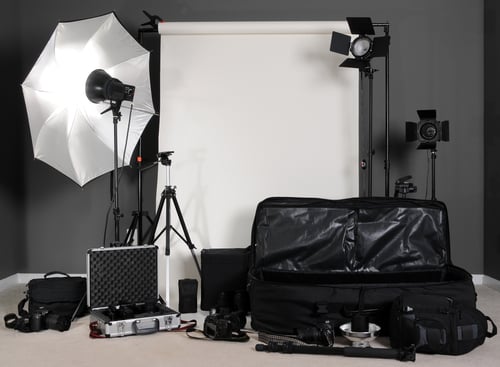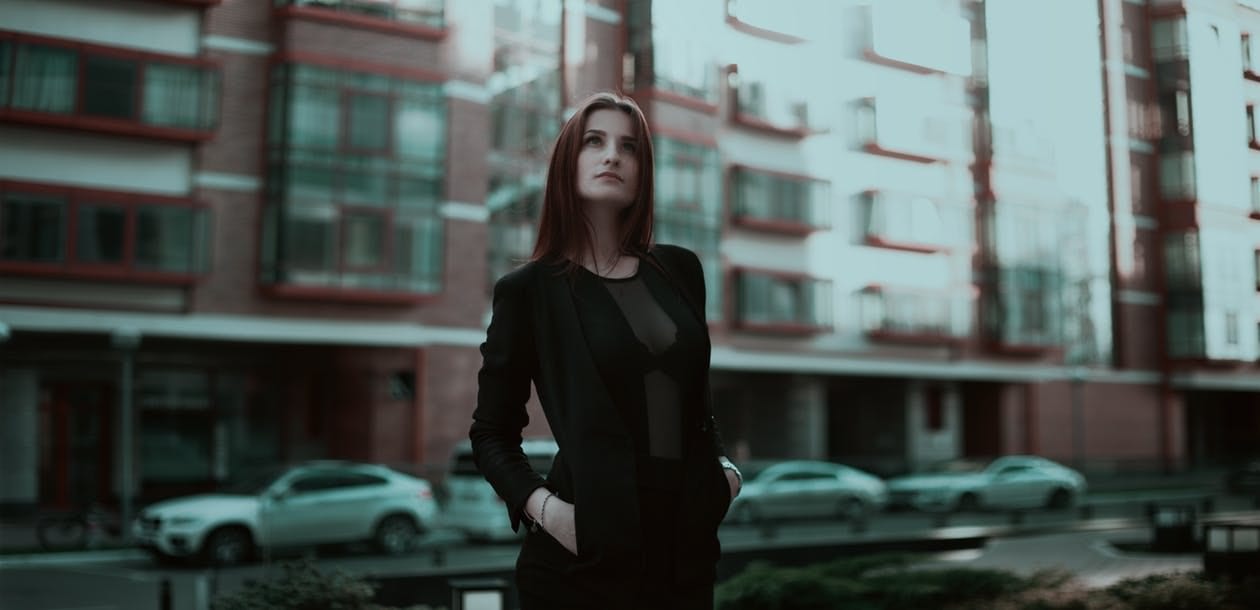Control the Light with Strobist Photography
David Hobby, an American photographer who once worked for The Baltimore Sun, experimented with artificial lighting and its effects on photography. Other photographers picked up his technique and style and thus, the strobist movement was born.
The strobist movement is more commonly referred to as the concept behind strobist photography. This style does not use the usual pop-up flash or the ones that are attached to the camera. Instead, strobists use different types of off-camera flashes (OCFs) that allow them to experiment with the direction or placement of the light.

What is strobist photography?
Basically, strobist photography uses portable lights for creating the effects desired. Although it is a relatively new genre or style, it has attracted a lot of photographers because of the outcome it produces, specifically the greatly improved light quality of pictures. Thus, the images look more natural and lively. Strobist photography also helps remove disturbing highlights and shadows.
Most strobist photographers use flashguns, studio strobes, and practically any artificial light they can get their hands onto. Photographers who do a lot of studio shoots use this style to come up with creative shots. With the help of OCFs, they are able to produce better indoor pictures. They can experiment with the effect that they want because the strobes allow them to have more control over lighting and thus, how their final product will come out.
Fashion and portrait shoots also benefit greatly from strobist photography. A flashgun or strobe light can capture the right dramatic aura of a scene without going overboard. In other words, there are no flat effects due to harsh lighting. The strobes give off a soft, almost natural effect that photographers can easily use to their advantage.
With strobist photography, a small bouquet of roses can be given a more dramatic effect by illuminating it. Thus, the roses will be more detailed and the bouquet will have its own character. The flowers’ real colors will also be more pronounced.
Strobist photography helps photographers who are meticulous when it comes to selective lighting for subjects. The strobes can be controlled so that they light up only one area or side of the subject (or subjects) and create a more effective and attention-grabbing image. Additionally, strobes can be used to produce just the right kind of shadow for any photo. A photographer can control the shadow’s direction and level of harshness or softness – and even how strongly a scene or subject should be lit.
Finally, strobe lights or off-camera flashes make it easy for photographers to even out the tones and colors of the images they produce.
Tools that you need
If you want to try strobist photography, here are some things you should have:
- A good camera that allows you to be flexible and creative. One with an x-sync speed of 1/500 is recommended.
- A manually-controlled camera flash. This will allow you to get a better handle on your settings so that you can prevent overexposed images and come up with more creative photos.
- Using an off-camera flash will be convenient if you have the right accessories. Therefore, you should invest in good quality light stands, reflectors and even a softbox or umbrella for light modification.
For some, strobist photography can mean more things to carry to shoots or more weight to work with. But everything pays off in the end because strobist photography gives you the freedom to create the photos you want in the way that you prefer. Photography, after all, is more about the final product and how it affects the viewers. With strobist photography, you will have better control of the output.





